If you’re a fan of anime, manga, or Japanese culture in general, you’re probably familiar with kawaii art and the moon-faced, round-eyed, rosy-cheeked characters that dwell within. But where does this aesthetic come from, and how can you incorporate it into your own creative practice? Here’s a look at the basics of kawaii art and what you need to know.
What Is Kawaii?
But first things first: what exactly is ‘kawaii’? While the term translates into ‘cute’ in English, its meaning has evolved over time. Kawaii originated from ‘kawahayushi,’ which is used to describe someone blushing in embarrassment, and also shares an etymological link with ‘kawaisö,’ meaning ‘pitiful’ or ‘pathetic.’ This gives ‘kawaii’ a deeper, more nuanced definition—one that expresses feelings of vulnerability and helplessness in addition to cuteness—and also explains why an ungainly sloth crossing the road is a solid 10/10 on the kawaii scale, not just the usual fluffy bunnies and kittens.
Looking for a gift? Check: https://displate.com/lp/gifts/best-gifts-for-boys
Much more than simply ‘cute,’ ‘kawaii’ shows appreciation for anything small, innocent, and defenseless. And cuddly. And adorable. And childlike. And beautiful. And fragile. And sweet. And playful. And pure. Did we mention adorable?
It can refer to virtually anything from people to animals to things. Even a pet tarantula can be considered kawaii as long as there’s someone who will squeal with delight over its fuzzy face instead of running away (whoever you are, we salute you).
The Rise of Kawaii Culture
While it’s generally accepted that the concept of kawaii as we know it began in the 1970s, cuteness emerged in Japanese art long before that. In fact, ‘cute’ images have been found in scrolls dating back to the 18th century, making Japan’s signature aesthetic hundreds of years old.


However, it wasn’t until the kawaii boom of the 20th century that cute art and visuals began to dominate Japan’s popular culture. At this time, a new trend in handwriting developed among teenage girls. Instead of writing vertically, as was the traditional style, they began to write horizontally, using a rounded, childlike font. They would decorate their script with hearts, stars, and cartoon faces, often mixing Japanese characters with Latin letters.
Looking for a gift? Check: https://displate.com/lp/gifts/unique-gifts-for-dad
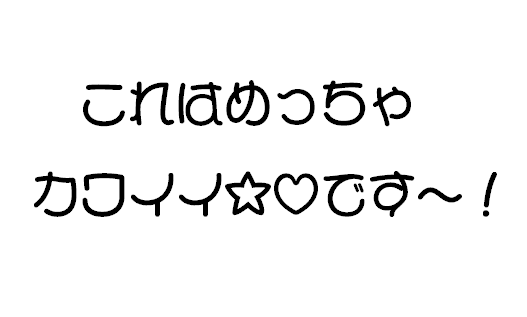
As innocuous as it may sound, this new ‘cute’ form of writing broke from the centuries-old tradition of carefully crafted calligraphy, encouraging a sense of individuality and playfulness that wasn’t particularly common (or appreciated) in Japan at the time. Not to mention it could be pretty hard to read, which is why many schools banned students from using it and even expelled those who disobeyed.
While teachers may have been unimpressed, advertisers quickly picked up on the fad and started using it to market products to the younger generation. One company that caught on early was Sanrio. The brand began to produce decorative stationery items for schoolgirls and soon invented a roster of cute characters to endorse their products. Among them was its most famous creation, Hello Kitty. With its beady eyes, big head, and perky bow, the adorable feline quickly became an emblem of kawaii merchandise.
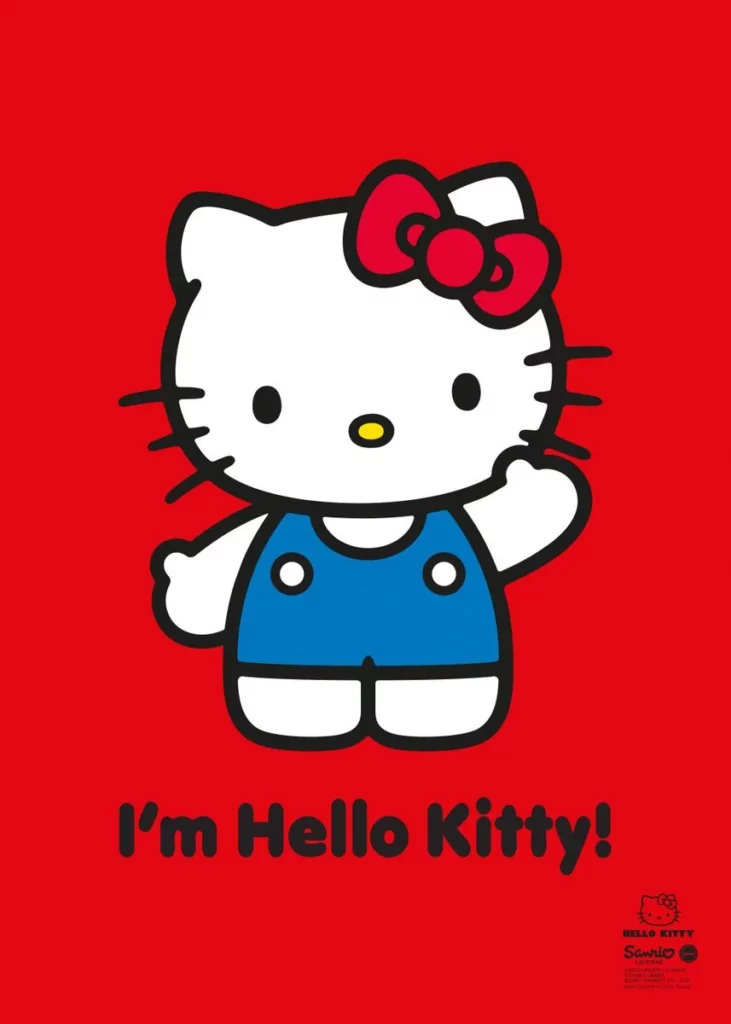
Since its debut in 1974, it has been plastered on virtually everything from notebooks to credit cards and is now an internationally recognized pop culture celebrity that has spawned its own animated series, theme parks, and cafes.
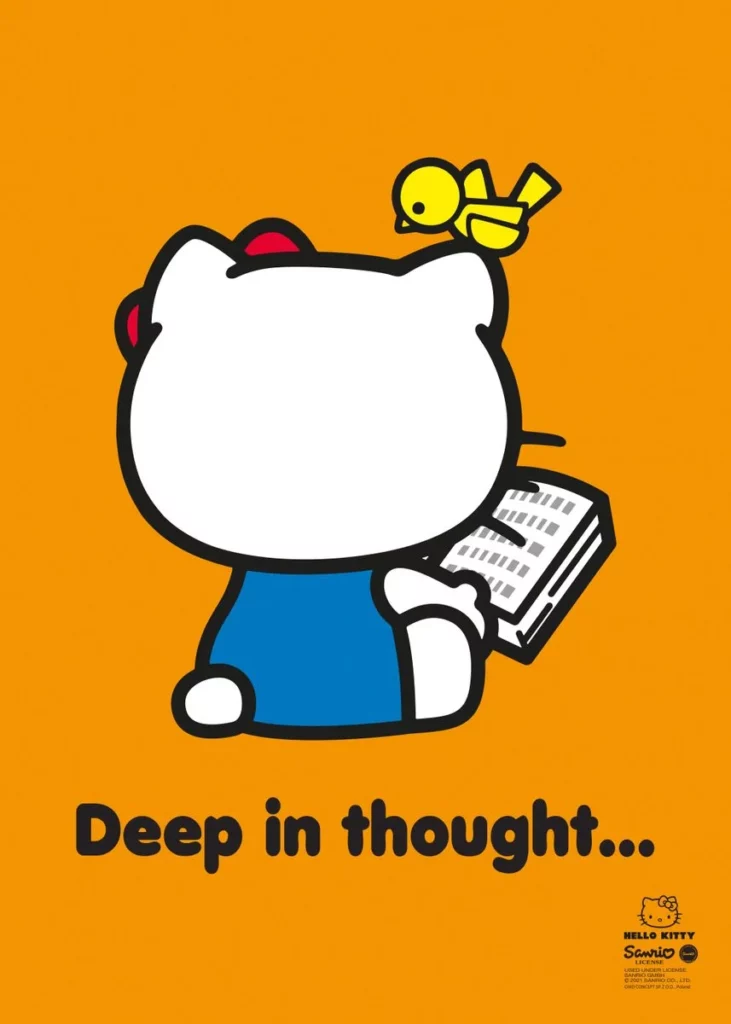

Following Hello Kitty’s success, plenty of other iconic kawaii characters emerged, each with their own personalities, backstories, and loyal fan bases. From the Yuru-chara mascots roaming the streets of Japan to the Pokemon running rampant in cyberspace, these critters may vary in their looks, but they all follow the same basic formula of cuteness. So, what makes them so darn irresistible?
Looking for a gift? Check: https://displate.com/lp/gifts/birthday-gifts-for-him
What Makes a Character Kawaii
At its core, kawaii combines physical features and personality traits that evoke an emotional response from the viewer. Since human babies are a central reference point for what is considered cute, it only makes sense that most kawaii characters exhibit youthful features to make them appear more vulnerable. This includes big eyes, oversized heads, and small bodies designed to tug at our heartstrings and make us go ‘aww!’. They also display childlike behavior, such as speaking with simple words and expressing naivety and helplessness through their body language and gestures.
While many of these characters may appear to be innocent, they usually have some form of quirkiness about them that makes them both relatable and endearing. For example, Hello Kitty always wears her signature bow, Doraemon has his four-dimensional pocket, and Gudetama hates waking up in the morning. All these little details make these characters so appealing and give them their unique charm.
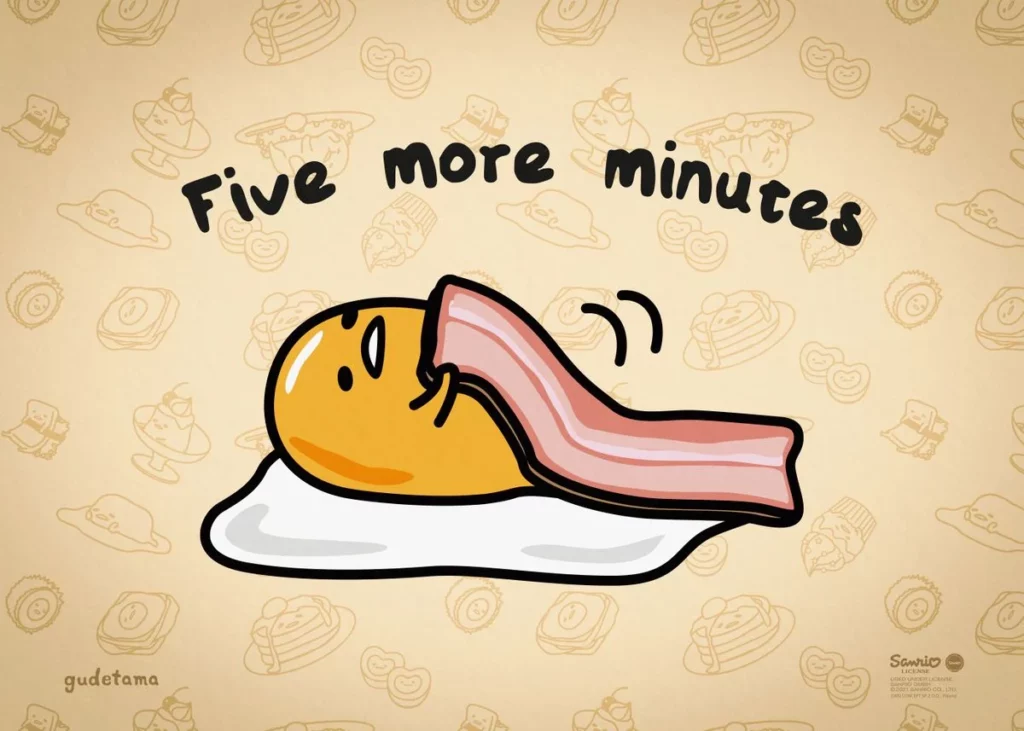
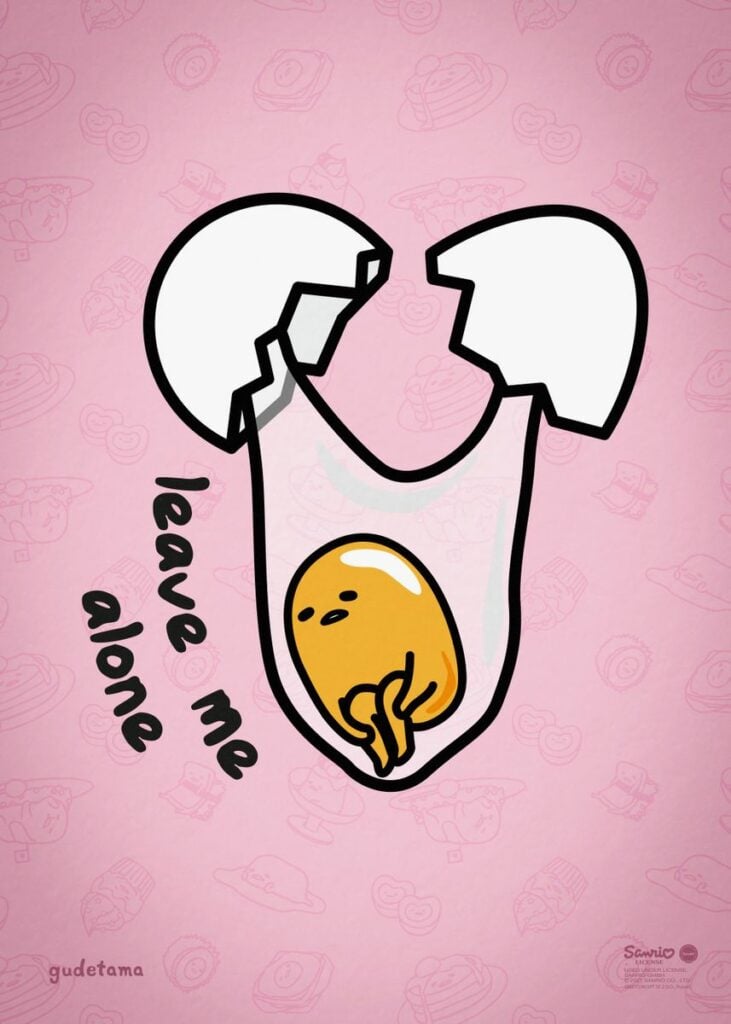
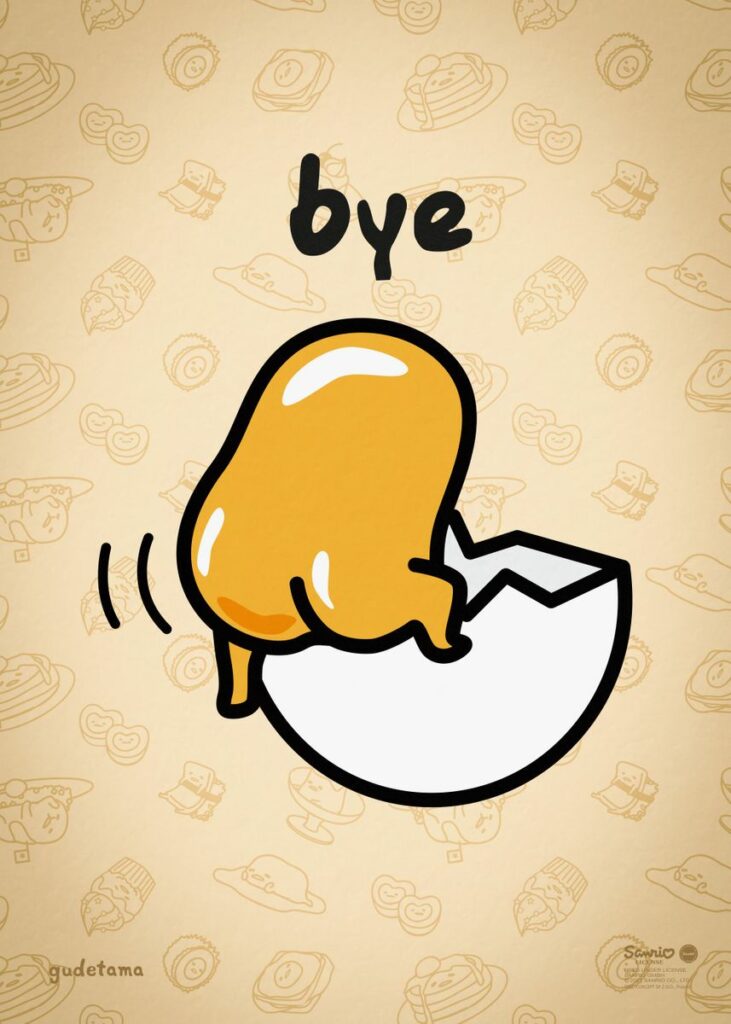
In other words, kawaii characters are cute because they tap into our instinctive response to protect and nurture them, but also appeal to our need for companionship, having a personality that we can relate to.
Looking for a gift? Check: https://displate.com/lp/gifts/christmas-gifts-for-girls
How to Draw Kawaii Style
Now that you understand the concept of kawaii, it’s time to learn to create your own kawaii art. You can draw almost everything in kawaii style (people, animals, food, etc.) as long as you keep in mind the following tips:
Keep your designs simple

Realism and kawaii art don’t necessarily go hand in hand, and for a good reason. Kawaii characters have faces reduced to lines and dots and bodies simplified to basic shapes to allow viewers to project their own emotions onto them, making them more relatable.
Pro tip: Don’t overdo it! A simple design can amplify the character’s cuteness and enable viewers to fill in the blanks where necessary with their imagination.
Looking for a gift? Check: https://displate.com/lp/gifts/cute-gifts-for-mom
Focus on round shapes
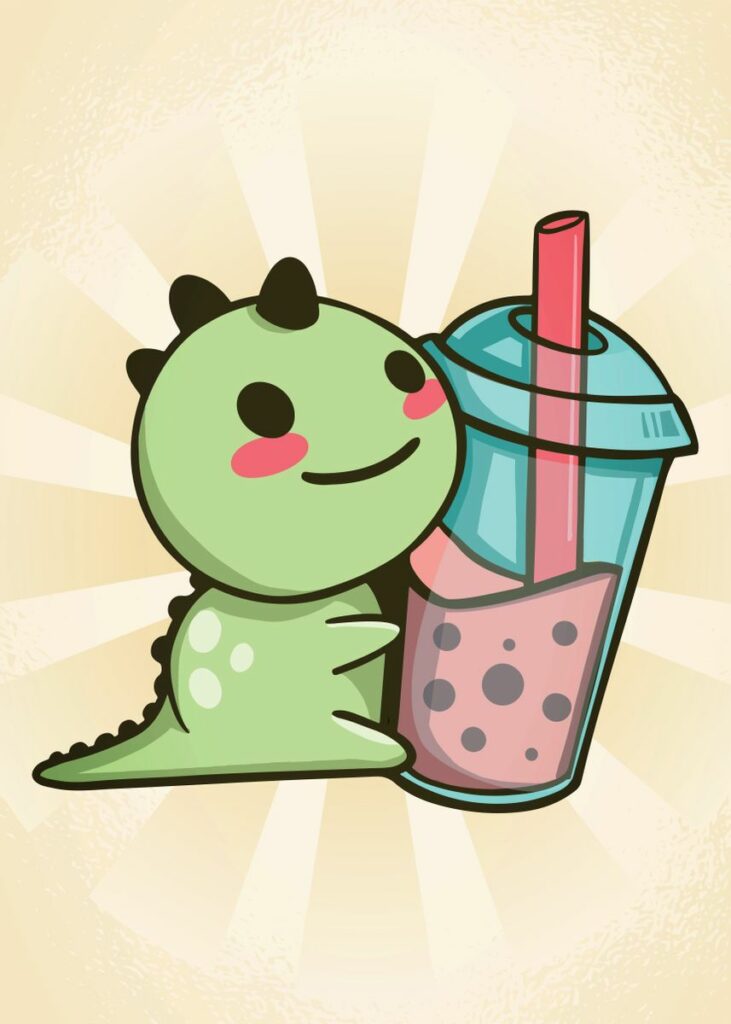
Even the most menacing of creatures can be transformed into adorable characters with the help of a few curves! Since soft edges are more approachable, kawaii designs usually feature pleasantly rounded corners to give them a cuddly, squishy look.
Pro tip: Instead of using perfect circles, try experimenting with ovals, teardrop shapes, and other irregular curves that give your kawaii art a more organic feel.
Use a limited color palette
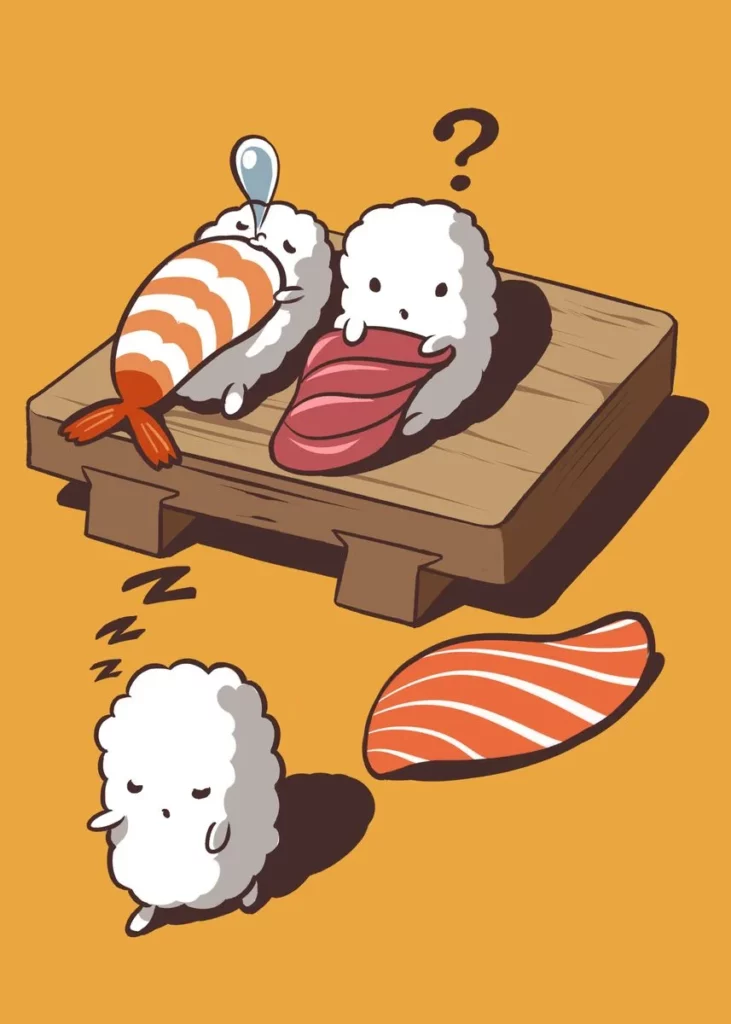
Simplicity is key for kawaii art, which also applies to color selection. Brights, pastels, and rainbows are popular choices, with pink reigning supreme as the ultimate kawaii hue, but these should never be used in excess.
Pro tip: While flat colors are more than welcome in kawaii illustration, using gradients can enhance your designs without detracting from their overall simplicity.
Looking for a gift? Check: https://displate.com/lp/gifts/christmas-gifts-for-dad
When in doubt, add a face

You can take a boring piece of furniture, a sushi roll, or a potted plant, put a face on them, and they will look cute. Feel free to experiment with different emotions like happiness, sadness, or anger. A blank expression will also work.
Looking for a gift? Check: https://displate.com/lp/gifts/best-gifts-for-mom
Pro tip: A typical formula for creating a cute face is two large eyes aligned with the mouth and a shy or embarrassed blush (nose is optional).
Make your proportions kawaii
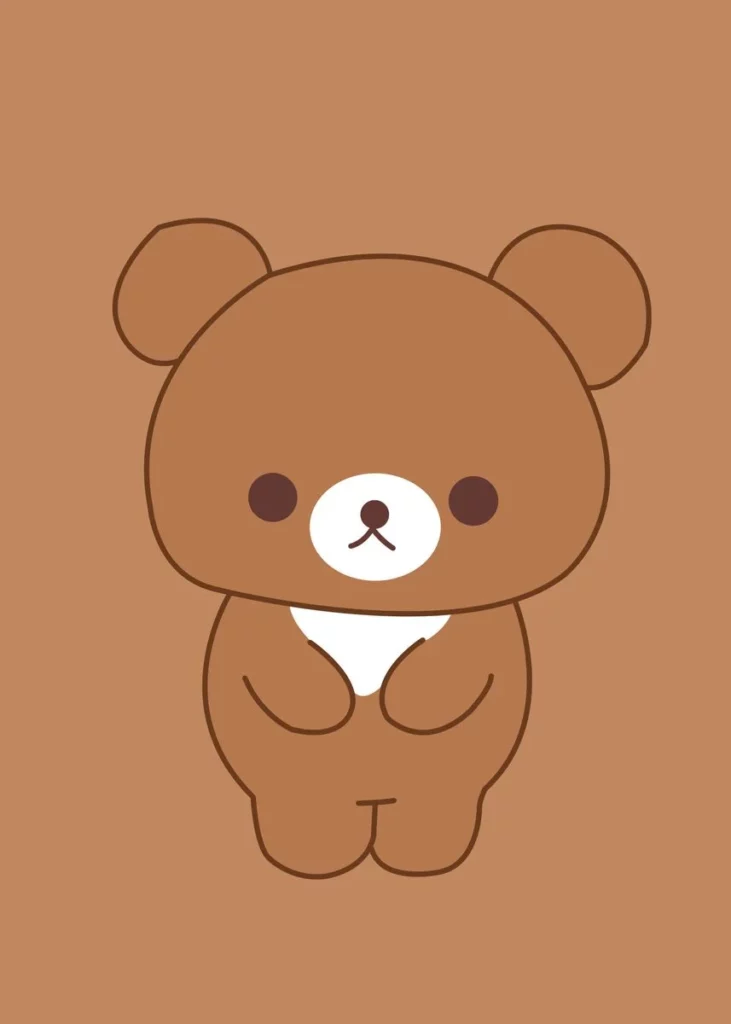
Kawaii characters tend to have compressed, childlike body proportions (a nod to babies being the epitome of cuteness). This means that their heads are usually bigger than their bodies, and their limbs are shorter and stubbier, adding to their disarming appeal.
Pro tip: Drawing within the confines of a square is a great way to ensure the endearingly truncated proportions this style requires.
Include cute accessories

In addition to their juvenile features, many kawaii characters come with some accessory that adds to their overall cute factor. This could be anything from a piece of clothing to a fluffy sidekick like Pusheen’s sister Stormy.
Looking for a gift? Check: https://displate.com/lp/gifts/cute-gifts-for-couples
Pro tip: Not a must-have but a nice addition to your characters, accessories can emphasize their unique identity and appeal, something that’s very important in the world of kawaii.
Casual doodles aside, you may be surprised to learn that kawaii has found its way into fine arts! From Takashi Murakami and Yoshitomo Nara to Katherine Bernhardt and Edgar Plans, many contemporary artists fuse kawaii sensibilities with their own personal styles to deliver powerful messages that stimulate conversations on topics ranging from class identity and climate change to politics and pop culture. So the next time you open your sketch pad to draw a smiling sushi roll or pastel-pink bunny, just remember that you’re not just creating a cute drawing; you’re making art!
Over to You!
In the decades since its introduction, the kawaii aesthetic has gone through several iterations and continues to evolve today. It has been heavily influenced by manga, anime, and Western popular culture—all of which have contributed significantly to its popularity around the world. From the Pokemon craze to the Harajuku fashion, the cult of cute permeates the pop culture landscape and spreads warm fuzzies wherever it goes. So go ahead and embrace the kawaii! With its lovable characters and colorful visuals, it’s sure to bring a smile to your face.
If you’re looking for step-by-step cute doodle tutorials, check out our list of 75 Cute Things to Draw in Your Bujo, and if you’d like to cutify your walls with some kawaii art, don’t forget to check our metal posters featuring Hello Kitty, Aggretsuko, Gudetama, Fuzzballs, and many more!
What is your take on kawaii art? Do you have any favorite kawaii characters? As always, share your thoughts in the comments below!

